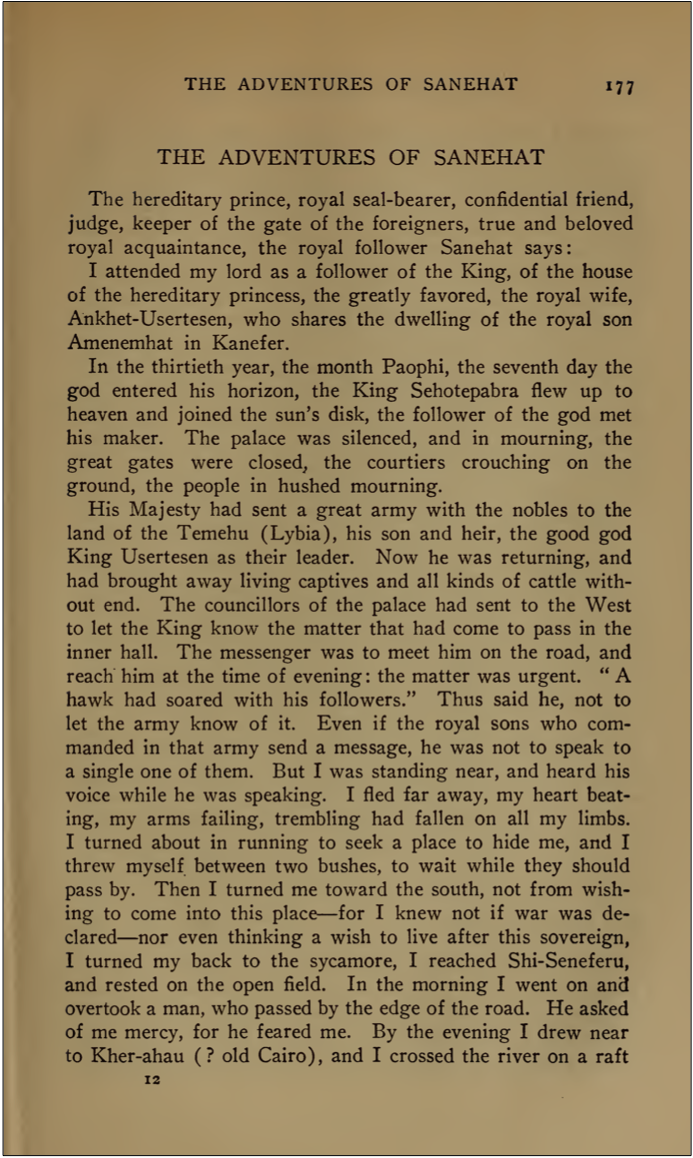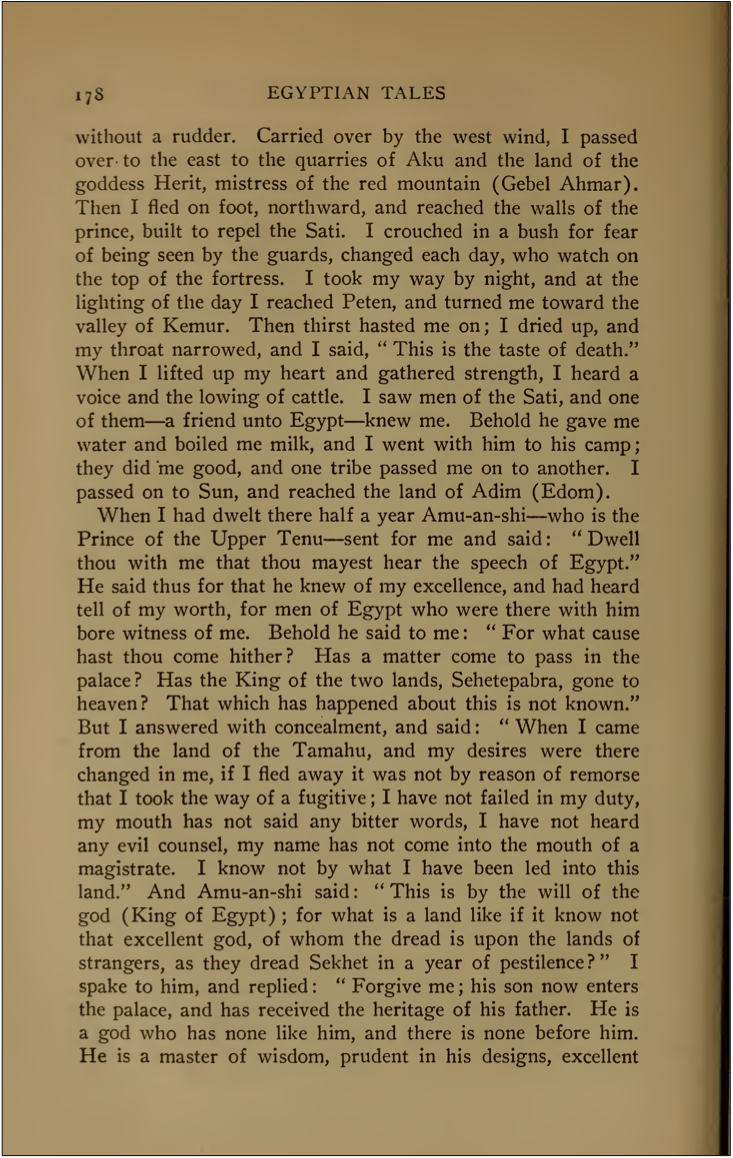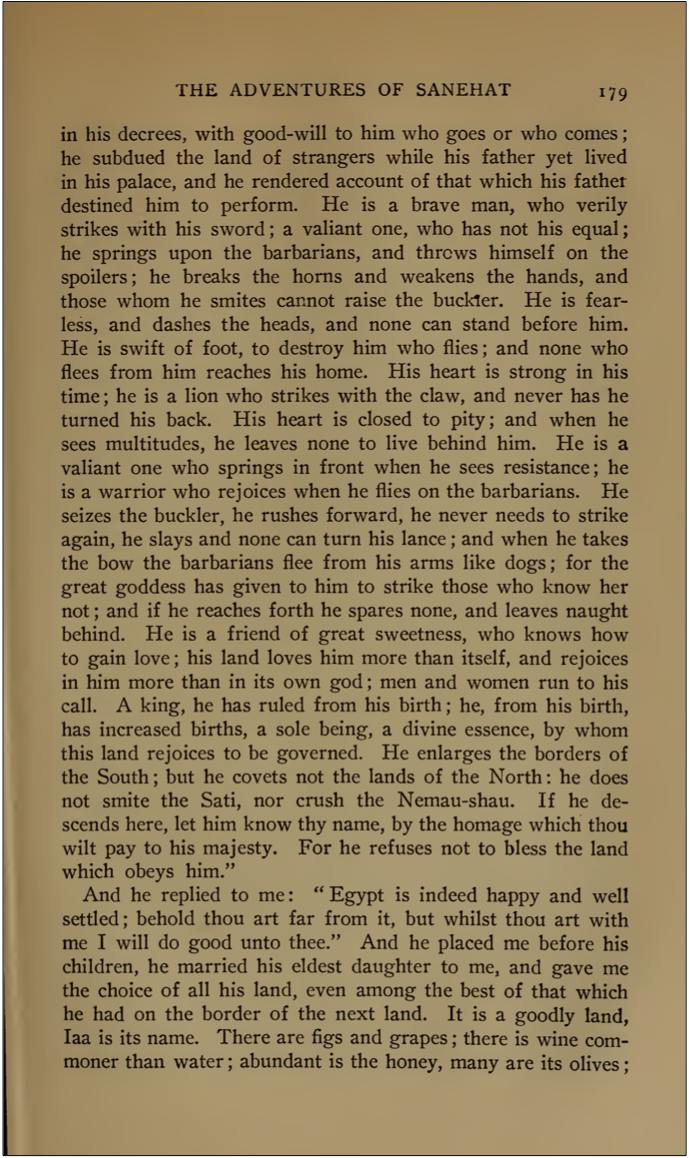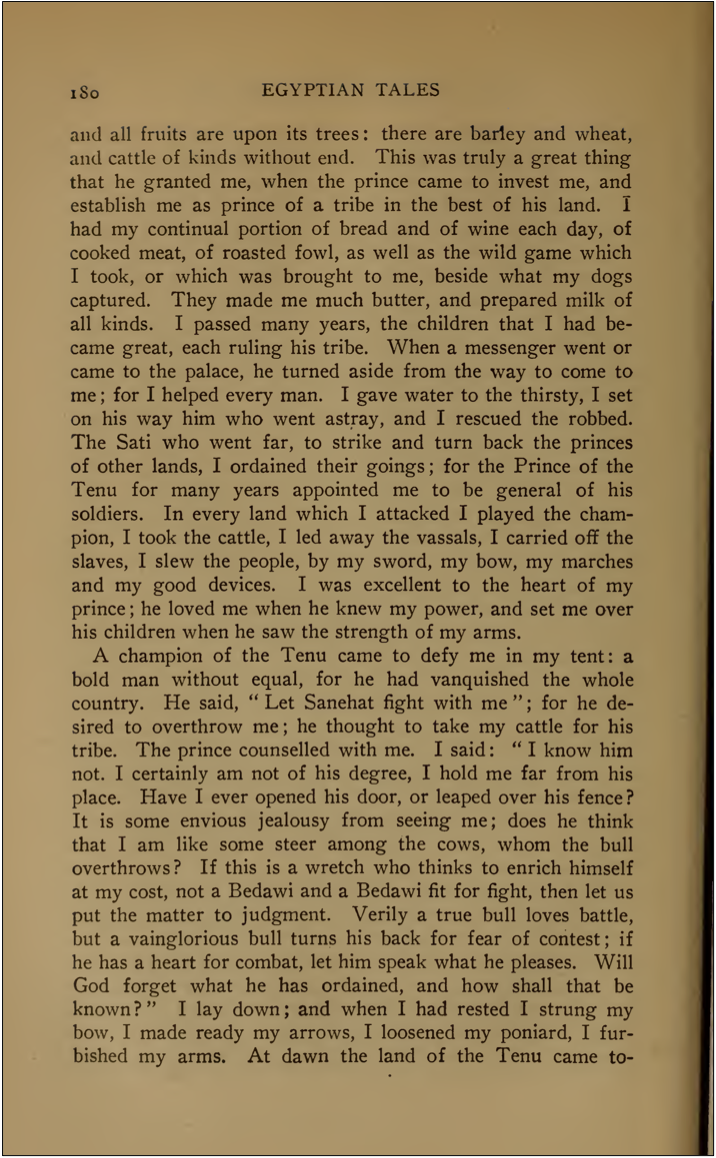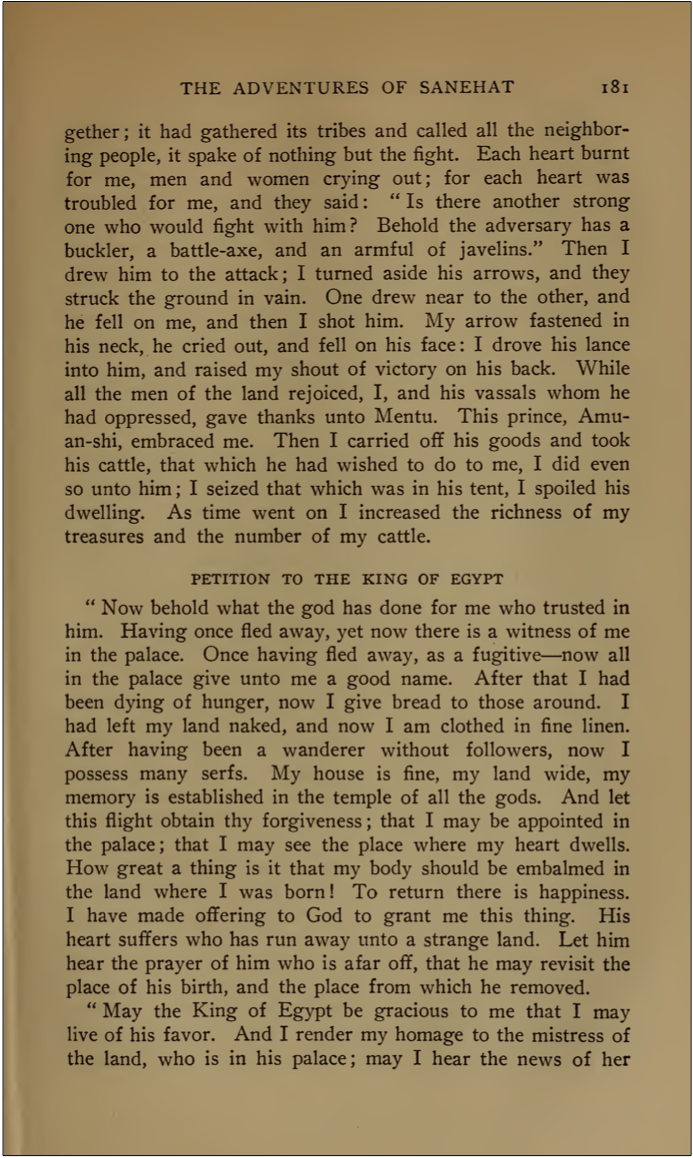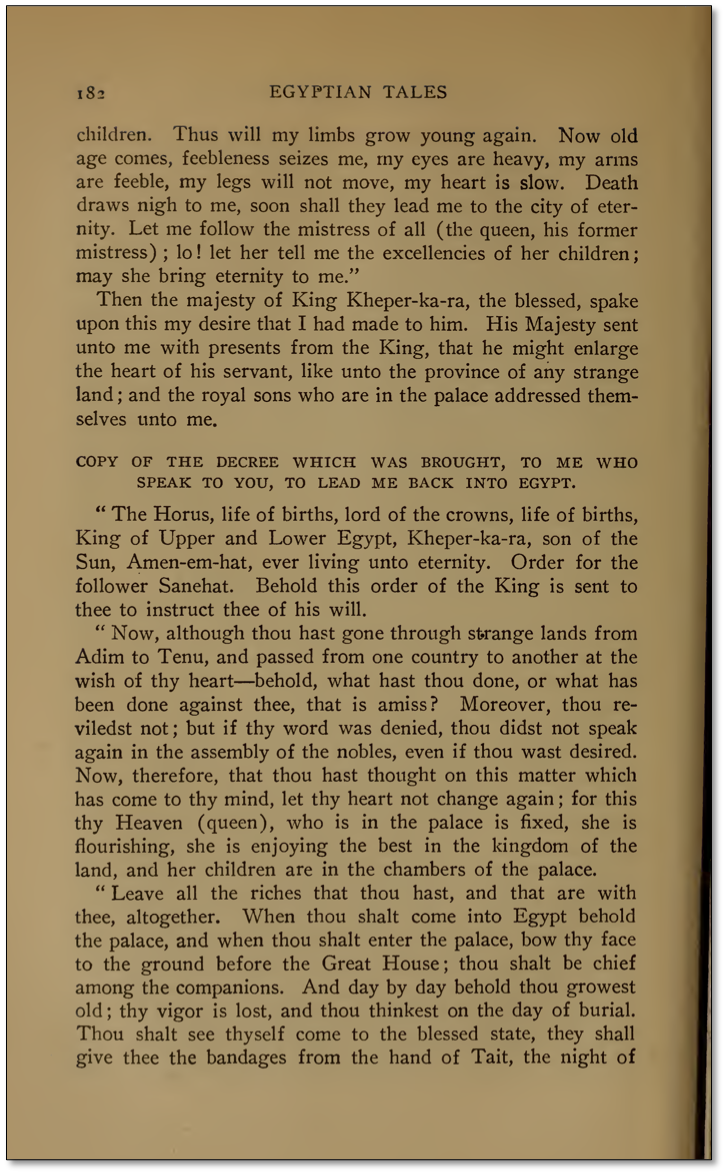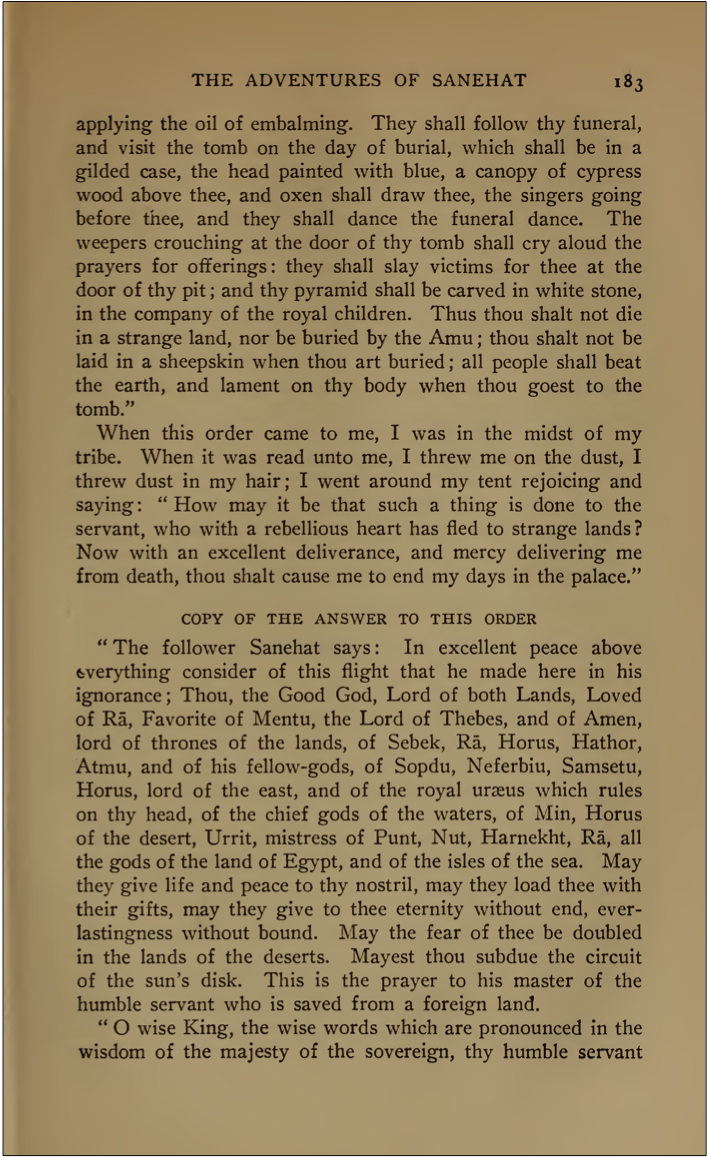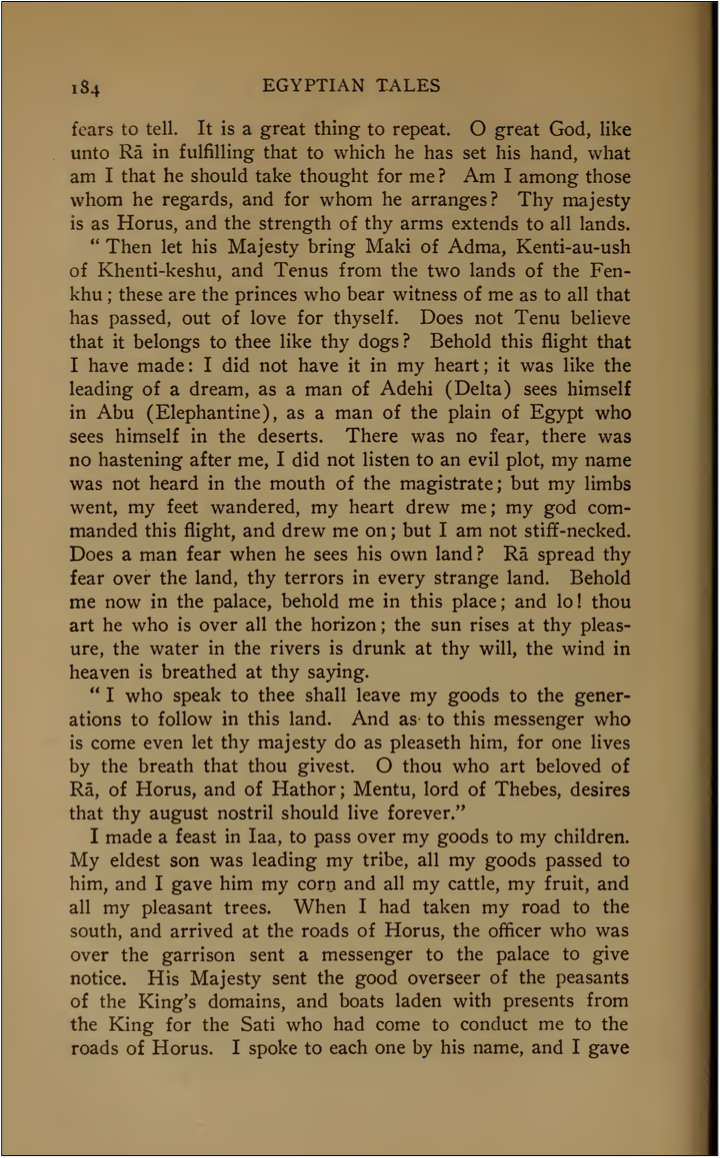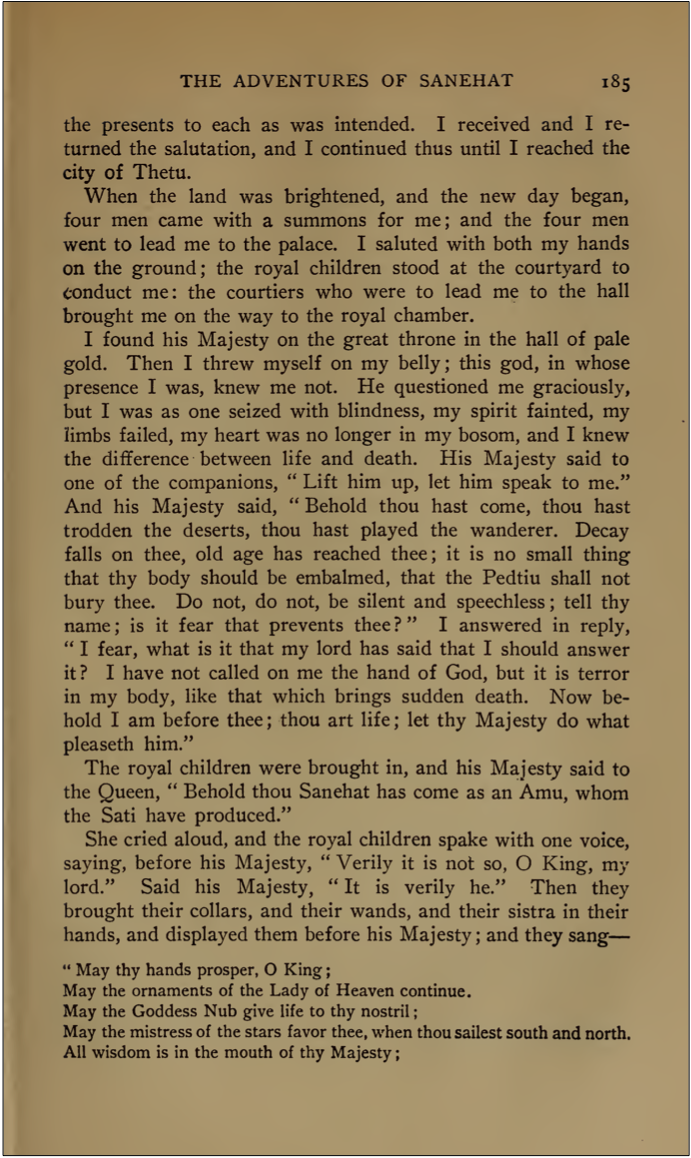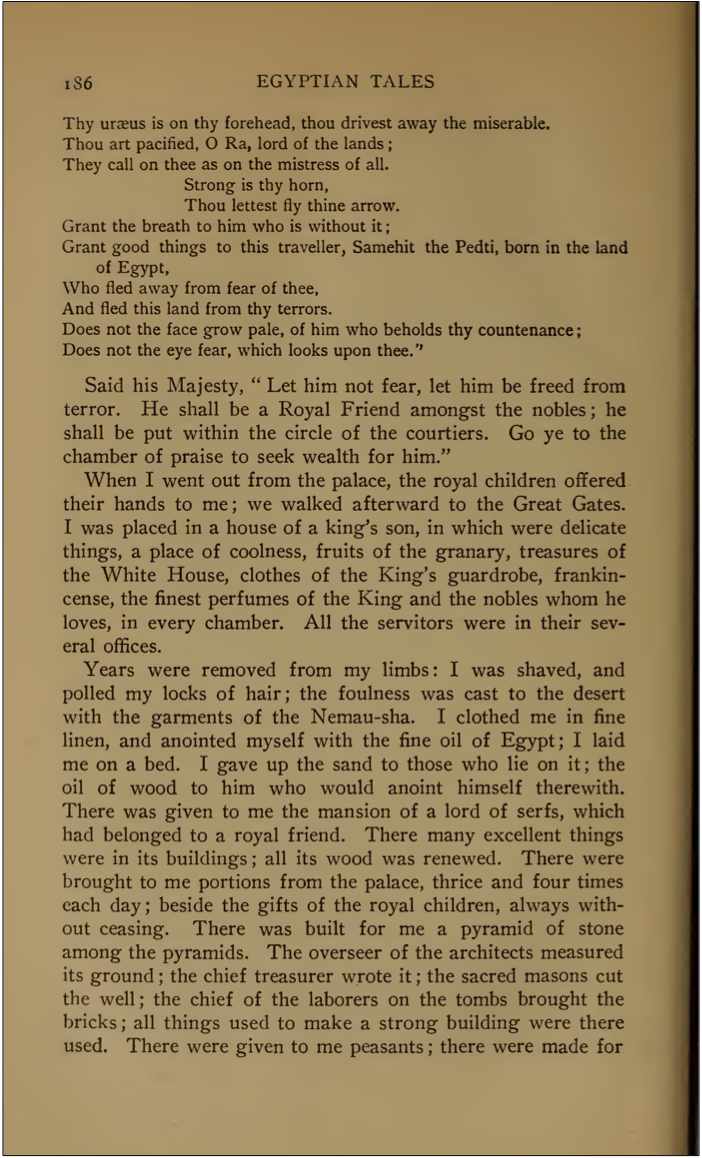KIZA’s Own Literary Group
Writers Read #Classic Black Lit
Writers Read #Classic Black Lit connects writers with Black literature from throughout the diaspora, written between circa 3000 BCE to 1954 CE. This is a span of approximately 5,024 years, ending 70 years ago. Our goal is to make our own literature as accessible to creatives and consumers of popular culture as other stories are. How many versions of “Romeo and Juliet” have been produced? It’s safe to say that “most” people over 12 years old know the gist of that story.
What about Ausar and Auset? How many people over the age of 12 are familiar with this Egyptian classic, that features themes of divinity, brotherly strife, true love, dedication and redemption? Probably not a lot. We want to change that. Not only will we read the classics, we will also write responses, reviews and new literature inspired by these timeless, meaningful and entertaining stories.
To Join, Submit a Literary Response
To join Writers Read Classic Black Lit, simply submit a response to the literary selection of the quarter. You can discuss the work itself, or write something inspired by the work. We’ll announce the selection for the quarter in each issue, and selected responses will be published on the WRITERS READ blog page, premiering with the July issue.
Have Fun with Classic Lit!
One area of artistic play and literary license that writers may choose to indulge is the phonetic rendering of the ancient Egyptian language. Ancient Egyptian was written in hieroglyphic script, which was rendered in three different forms over the millennia.
According to the website Ancient Egypt Online, the last known use of the script was reportedly somewhere around 394 CE. Hieroglyphic symbols represented only consonant sounds, and, since the language is no longer spoken, no one knows the actual sound of the language. This leaves a whole lot of room for imagining—or channeling—the melodies and rhythms of the language.
A Dose of Salt …
The unknown status of the Ancient Egyptian language evokes a note of caution in reading transliterations and translations of Ancient Egyptian texts into modern languages. Words like “Amun,” “Osiris,” “Isis” and many others are actually representations that have been agreed-upon by scholars over the years.
These words are layered with the linguistic conventions of Greek and Latin. Similar discrepancies may run through every translated word in a story, since each word had to first be transliterated. Therefore, take the transcriptions of Ancient Egyptian texts with a healthy dose of salt.
Our Spring Literary Selection
That said, following is our first selection, a short story taken from the volume entitled, The World’s Great Classics: Egyptian Literature; Comprising Egyptian Tales, published in 1901 by The Colonial Press. This volume is in the public domain. Click on the link to download the 450-page PDF copy of the book free of charge from the Library of Congress website. Enjoy!

